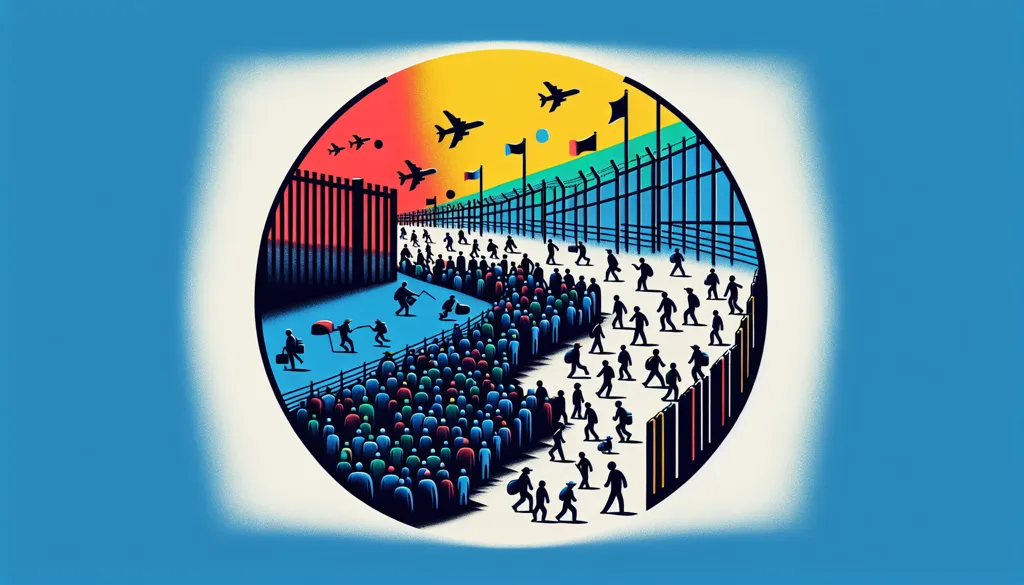The Complex Reality of Border Wall Construction in Texas
The debate over border wall construction in the United States has long been a contentious topic, with significant political, social, and economic implications. This issue embodies a broader conversation about immigration policy and national security, often becoming a symbolic gesture rather than a practical solution. As a mother living in the heart of the Midwest, I find myself reflecting on the complexities of this issue and how it resonates with diverse perspectives across the country.
The Texas Border Wall: A Fragmented Reality
The Texas border wall, a state-led project initiated by Governor Greg Abbott, represents a unique attempt at border security. Despite spending over $3 billion, the wall remains a series of fragmented sections, covering only 6% of the designated 805 miles. Built primarily in rural areas, these sections often serve more as political statements than effective deterrents to illegal crossings. Land acquisition challenges, due to the prohibition on using eminent domain, have further complicated construction efforts, leaving significant gaps in the wall's continuity.
Local Perspectives and Landowner Resistance
Landowners along the border have expressed varied opinions about the wall. While some, like Raul and Maria Gaona, oppose the wall due to concerns about property devaluation and disruption of their peaceful lifestyle, others see it as a necessary measure for safety. For many, the wall is an intrusion into their lives, transforming their communities into perceived conflict zones. In contrast, some landowners, like Eduardo Riojas, support the wall due to security concerns, illustrating the diverse and complex nature of local opinions.
Environmental and Social Impacts
The construction of the border wall has raised significant environmental concerns. It disrupts wildlife habitats, with sections of the wall cutting through ecologically sensitive areas. Moreover, the wall has exacerbated flooding risks and destroyed public green spaces, particularly affecting marginalized communities in regions like the Rio Grande Valley. These environmental impacts highlight the broader consequences of border wall construction beyond immediate immigration concerns.
Political Dynamics and National Implications
The border wall debate is deeply entwined with national politics. Initially a central promise of Donald Trump's 2016 campaign, the wall has since become a bipartisan issue, with both Republican and Democratic administrations contributing to its construction. Despite shifting political rhetoric, the wall remains a symbol of a broader immigration policy focused on prevention through deterrence, a strategy with questionable effectiveness in reducing illegal crossings.
The Broader Border Security Debate
The discussion around the border wall is part of a larger debate on immigration policy in the United States. While the wall is often seen as a straightforward solution to complex immigration issues, it has not significantly reduced illegal immigration or drug trafficking. The wall's construction has become more about making a political statement than addressing the root causes of migration.
Conclusion: A Path Forward
As the debate over the Texas border wall continues, it is crucial to consider more holistic approaches to immigration policy. Solutions should focus on addressing the underlying causes of migration, such as economic disparities and political instability in migrants' home countries. Furthermore, enhancing legal immigration pathways and investing in community-based law enforcement could provide more effective and compassionate alternatives to physical barriers. As a mother and a citizen, I hope for a future where our policies reflect both our values and our commitment to human dignity.

